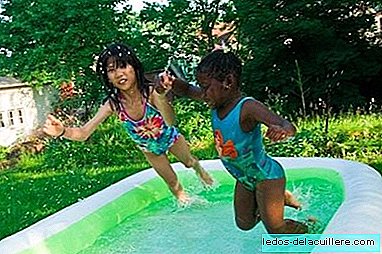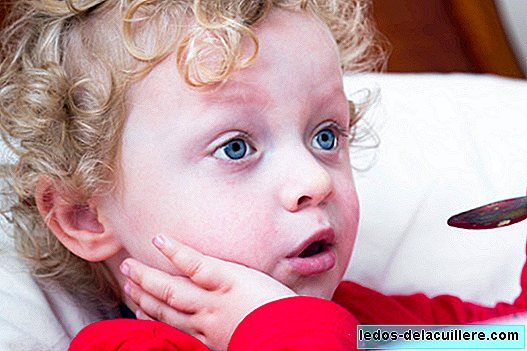
The inflatable pools are an undoubted entertainment in summer, increasingly widespread. But you have to be careful, because when we talk about water and children there are always risks. Inflatable pools can be dangerous and many children die drowned in them every year. Two minutes are enough for a child to drown in the pool.
That is the conclusion of a new study carried out at the Center for Research and Injury Policy of the National Children's Hospital in Ohio, United States. According to scientists, a child drowns in one of these pools every five days During the summer in that country.
As inflatable pools are economical and easy to use, they have become an increasingly common entertainment in many homes. We have a little girl that girls use many summer days. But it never does without adult supervision.
And therein lies one of the keys to ensure that the bathroom in the inflatable pool is safe, constant supervision and other safety measures to avoid oversight. We take this opportunity to remind you of the safety tips in the pool.
The researchers found that most cases of drowning in portable and inflatable pools involve children under five (94%) and occur in their own yards or gardens during the summer months.
Dr. Gary Smith and his team investigated the circumstances of all drowning deaths in portable and inflatable pools of children under 12 from 2001 to 2009 in the United States.
The results, published in the journal "Pediatrics", showed that the majority of deaths were due to "short lapses in supervision" and others resulted when the children "found ways to overcome the barriers that had been placed to keep them safe":
In 18% of cases, a brief interruption in supervision, such as socializing with neighbors, answering the telephone or carrying out other tasks, was sufficient for the immersion event to occur.
Other measures to avoid drowning would be to prevent children from having access to the pool when the adult is not present (even if only a few minutes), keep children safe when they are inside the pool and be prepared to respond to the emergency if an immersion injury occurs.
The researchers also found a "lack of accessibility" to drowning prevention tools, such as security fences to isolate pools, safety covers, portable stairs and alarms designed specifically for this type of pool. Many of these accessories are too expensive, are not available or simply buyers or know they exist.
After knowing a couple of cases of children drowned in swimming pools (although not inflatable) I am very clear that neither in the sea nor in the pool (or at home with a pool) can children be left unsupervised.
Inflatable pools can be dangerous, and so that they are safe as well as fun we will have to be with four eyes and ensure that they comply with all safety measures.












